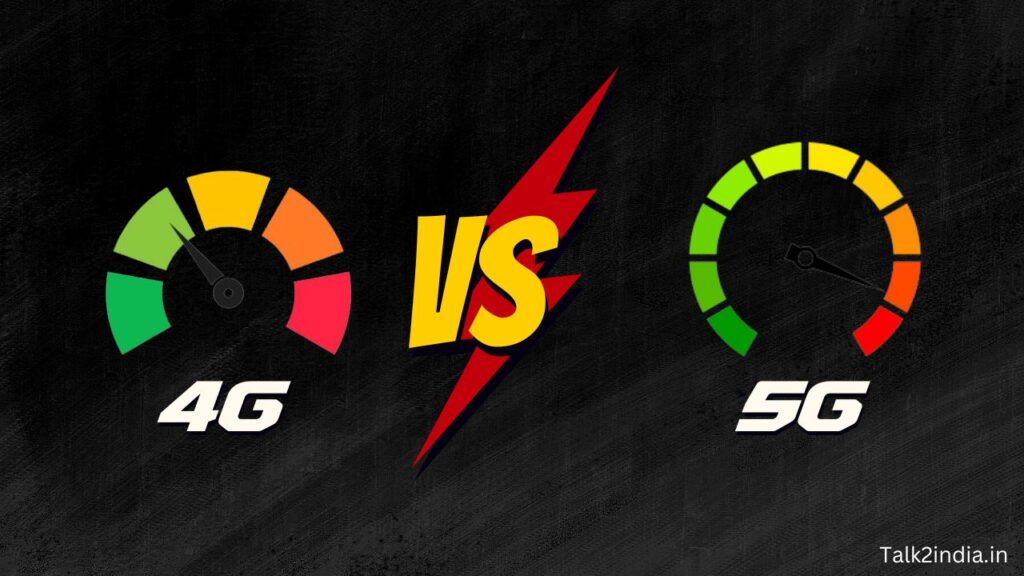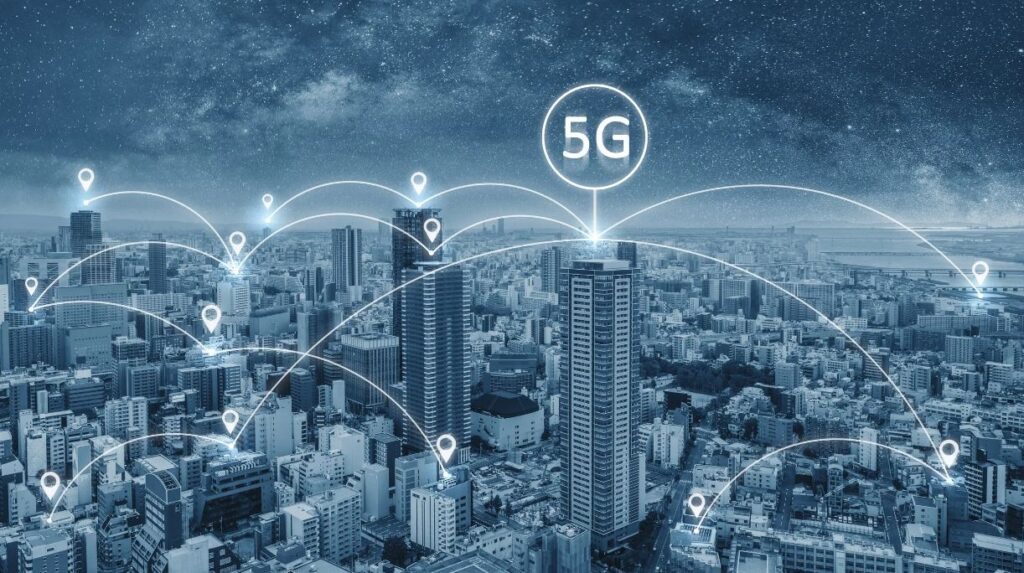The Difference Between 4G and 5G in India

So in this blog we are going to discuss what is the difference between 4G and 5G so lets start
Connection
While 4G was developed to allow users to stream music and videos on the go, 5G has the potential to connect more devices than just smartphones. The higher-speed 5G networks will eliminate the need for special-purpose networks and instead function as multiple networks at once. This means that you can stream high-quality content from multiple sources with ease.
Also Read: How to Enable 5G in Jio
Technology
While 4G is still the fastest mobile network technology, it is beginning to become obsolete. This is because the Internet of Things has made it possible for everything to connect to each other. By 2020, there will be as many as 20 billion connected devices. That means there will be a great demand for data and bandwidth. Unfortunately, 4G was not designed to handle this level of traffic. Luckily, 5G networks will be able to handle this level of traffic.
Speed
5G has faster download and upload speeds. It also offers lower latency. It uses less power than 4G, which helps it support more devices. Also, 5G switches to low energy usage when it isn’t in use, which extends battery life. With so many devices connected, this is an important feature to consider.

The difference between 4G and 5G is most noticeable in the speed of data transfer. While 4G’s peak data speeds are typically around 200 Mbps, 5G’s peak data speeds are predicted to be up to one gigabit per second. This difference in bandwidth will make it easier to transfer large files, including video and audio. With higher speeds, 5G will help to facilitate better governance and greater economic growth across the Country.
Also Read: Smartwatch Under 5000
Coverage
The 5G network coverage is much smaller than 4G’s, so you will have to be near a mobile tower in order to use the service. With 4G, you’ll get up to x100 times the number of connected devices in a mile, while 5G will need to support millions of connected objects. The high-speed 5G technology will be ideal for the IoT. It will also contribute to UK climate goals. By 2035, 5G is expected to save 269 megatonnes of CO2 from the atmosphere, equivalent to all of England’s annual emissions in 2018.
Although 4G is slower than 5G, it has a faster internet speed than the older 3G. As a result, it has tempted many users to adapt to the higher-speed 4G network. Enhanced cell density and faster speeds of 4G have paved the way for the introduction of 5G.
Bandwidth
5G’s edge computing technology allows it to recognize the needs of each device terminal. It can then assign different network bandwidths accordingly. For example, 5G will automatically assign narrowband networks based on usage, which are more energy efficient. The ability to automatically identify each device’s needs can improve the overall network efficiency, reducing power consumption and ensuring the terminal’s long-term operation.
In comparison to 4G, 5G uses the same frequencies as 4G, but delivers slightly faster speeds. This new technology is more suitable for rural areas, where cellular towers are sparse. The new technology uses millimeter-wave radio bands, which are tiny but operate at extremely high frequencies.
Conclusion
Follow Talk2india on Facebook , Instagram, Youtube for more tech updates.





